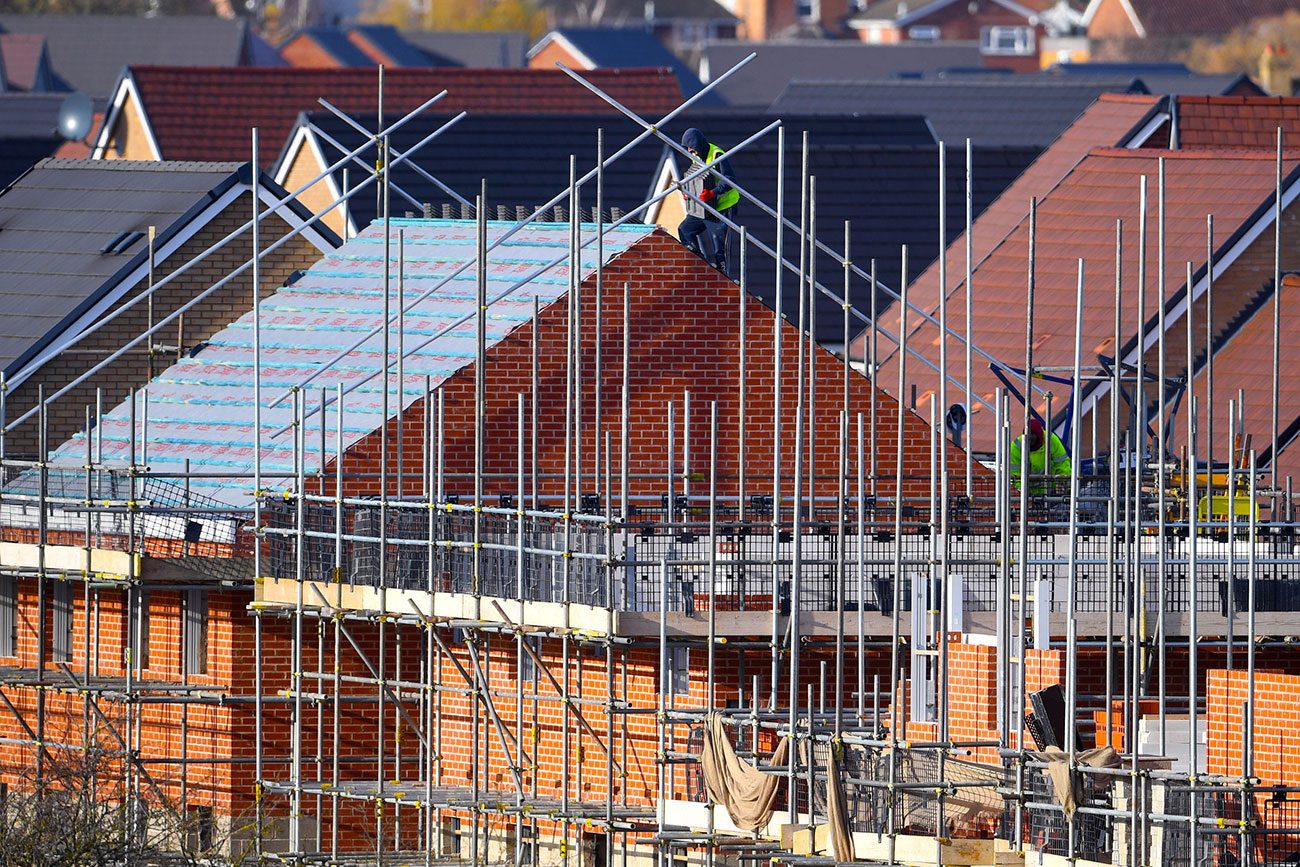City of York Council failed to meet its government housing target last year – but adopting its long-awaited Local Plan is “the remedy” to boost house building, according to a council boss.
The authority has been forced to draw up an action plan after only 65 per cent of homes were delivered against the government target.
Typically, the majority of new homes built throughout the country are provided by private housebuilders, not councils.
A total of 402 net additional homes were created in York in 2021-2022 – a drop-off after figures steadily rose from 2018.
A council report put this down to the impact of Covid on the housing market and shortages in the supply of materials and labour.
Historic data shows the council has averaged 676 net additional homes over a 10 year period.
York’s draft Local Plan – which outlines where and what housing and employment developments will be built in the city over the next 20 years – says the city should be building 822 homes per year.
Laura Bartle, principal static planning officer, said the council’s housing delivery action plan focused on what the council could do to support and facilitate housebuilding “recognising that many of the issues at play are very multi-layered and extend far beyond the council’s control.”
These include the wider economic climate, government policy and physical and environmental constraints.
Fewer applications

Corporate director of place Neil Ferris told a meeting of the Local Plan working group: “I would agree it’s a poor performance in terms of delivery by the housing sector, but a significant proportion of that was actually delivered by the council’s own housing delivery programme – if it wasn’t for that the council would be even worse.”
The council has committed to develop 600 new homes across sites in York that it owns over the next five years.
Cllr Michael Pavlovic asked why in recent years developers were submitting fewer housing applications – and why they were being refused more often.
Mr Ferris said: “I think the underlying issue is that the authority has probably consented the vast majority of the brownfield sites that are available for major applications. So the underlying issue is to adopt the Local Plan, which releases the land for major applications to be successful.”
Ms Bartle said that student housing sometimes made up to almost 50 per cent of total houses completed in some years, though this figure fluctuates and is lower in other years.
Mr Ferris added: “The most profitable form of development in recent years on those brownfield sites that have got intrinsically high costs has been student accommodation – the Local Plan would deliver the homes I know you all want.”
York’s Local Plan – which could be adopted next year – is currently being examined by government inspectors
Once approved, it would deliver around 1,500 new homes per year over the first three years.
[tptn_list limit=3 daily=1 hour_range=1]
